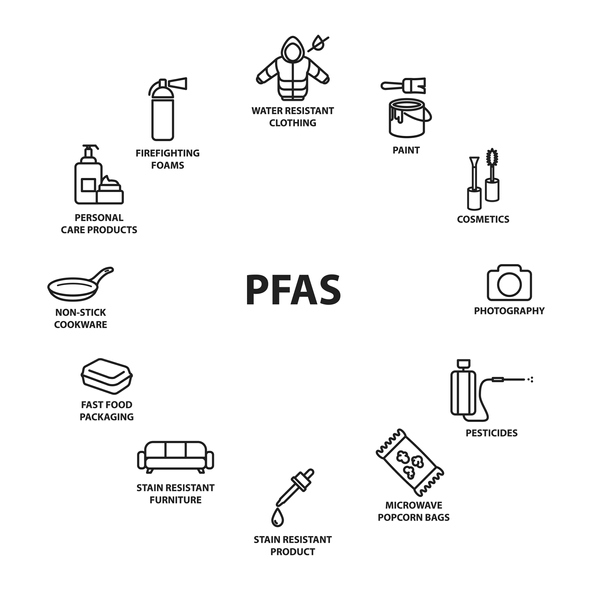Trending Now
There’s nowhere on Earth you can go to escape microplastics – not even places like Antarctica, where no human beings actually live, is safe.
We know because scientists have tested the rainwater and come up with – you guessed it – plastics.
Per- and polyfluoroalkyl substances (PFAS), also known as “forever chemicals,” have spread across the globe and exist in the atmosphere inside and out. The chemicals are human-made and super harmful.
A recent article published in Environmental Science & Technology looked at the concentrations of four major PFAS in rainwater, soil, and surface water across the globe, and found that concentrations exceeded safety guidelines from the US Environmental Protection Agency Lifetime Drinking Water Health Advisory.

Image Credit: iStock
“Based on the latest U.S. guidelines for PFOA in drinking water, rainwater everywhere would be judged unsafe to drink. Although in the industrial world we don’t often drink rainwater, many people around the world expect it to be safe to drink and it supplies many of our drinking water sources.”
As regulations have decreased, levels in the environment have increased, which means water that would have been safe to consume in the wild twenty years ago is no longer compliant.
“There has been an astounding decline in guideline values for PFAS in drinking water in the last 20 years. For example, the drinking water guideline value for one well-known substance in the PFAS class, namely the cancer-causing perfluorooctanoic acid (PFOA), has declined by 37.5 million times in the U.S.”

Image Credit: iStock
PFAS are harmful to human health and do not break down or disappear easily from the environment, partly because natural processes exist that recycle them indefinitely.
“The extreme persistence and continual global cycling of certain PFAS will lead to the continued exceedance of the above-mentioned guidelines. So now, due to the global spread of PFAS, environmental media everywhere will exceed environmental quality guidelines designed to protect human health and we can do very little to reduce the PFAS contamination. In other words, it makes sense to define a planetary boundary specifically for PFAS and, as we conclude in the paper, this boundary has now been exceeded.”

Image Credit: iStock
I guess if the apocalypse comes, you can forget about surviving on rainwater.
Then again, I suppose if zombies or mobs are running around, you’ve probably got bigger problems.
At least for the moment.






